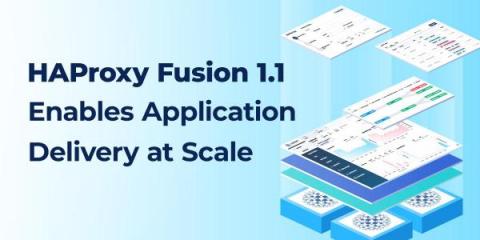Operations | Monitoring | ITSM | DevOps | Cloud
Latest News
What Are Management Information Bases (MIBs)?
You have probably seen (or even been to) your company's data center. If not, chances are you have looked at photos of one from a major company like Facebook or Google. Why bring this up? Because when some folks think about the word 'database,' images of rows upon rows of servers holding data come to mind. Others think of the cloud, with zettabytes of data stored in rows, columns and tables.
What Are SDN and NFV, and Are They Related?
SDN and NFV are acronyms you hear frequently in discussions of modern networking. In fact, they appear so commonly that they can be easy to confuse or conflate with one another. But that would be a mistake. SDN and NFV are related terms, but they are also distinct. You can use SDN without using NFV, and the benefits of NFV are not the same as the benefits of SDN in general. Keep reading for a breakdown of what SDN and NFV have to do with each other, and what to use when.
When Reliability Goes Wrong in Cloud Networks
Cloud network reliability has become a catch-all for four related concerns: availability, resiliency, durability, and security. In this post, we’ll discuss why NetOps plays an integral role in delivering on the promise of reliability.
Cognitive NOC Implementation has Challenges. ITPA has Answers.
Implementing a Cognitive Network Operations Center (Cognitive NOC) comes with its fair share of challenges, but businesses must be able to rely on technology to operate and grow, making network performance, reliability, and security top priorities.
Network Performance Testing: The Path to Peak Performance
How to Diagnose Internet Problems in Your Network
In today's digital age, a reliable and high-speed Internet connection is vital for the smooth operation of businesses. From communication and collaboration to accessing cloud-based services and online transactions, a stable internet connection is crucial for ensuring productivity and efficiency. However, despite the advancements in technology, network issues can still arise, leading to frustrating downtime and hampering business operations.
Automating Capacity Planning for IP Networks: A Journey into the Future
By automating capacity planning for IP networks, we can achieve cost reduction, enhanced accuracy, and better scalability. This process requires us to collect data, build predictive models, define optimization objectives, design decision algorithms, and carry out consistent monitoring and adjustment. However, the initial investment is large and the result will still require human oversight.
HAProxy Fusion 1.1 Enables Application Delivery at Scale
HAProxy Fusion Control Plane gives you power to simplify, scale, and secure your HAProxy Enterprise infrastructure using a centralized orchestration solution, making it easier to extend HAProxy Enterprise’s security and performance across on-premises and cloud-hosted applications. With the release of version 1.1, HAProxy Fusion is more secure, more flexible, and even easier to use.
Announcing HAProxy 2.8
HAProxy 2.8 is now available, and HAProxy Enterprise 2.8 will be released later this year. Register for the live webinar HAProxy 2.8 Feature Roundup to learn more about this release and participate in a live Q&A with our experts.











